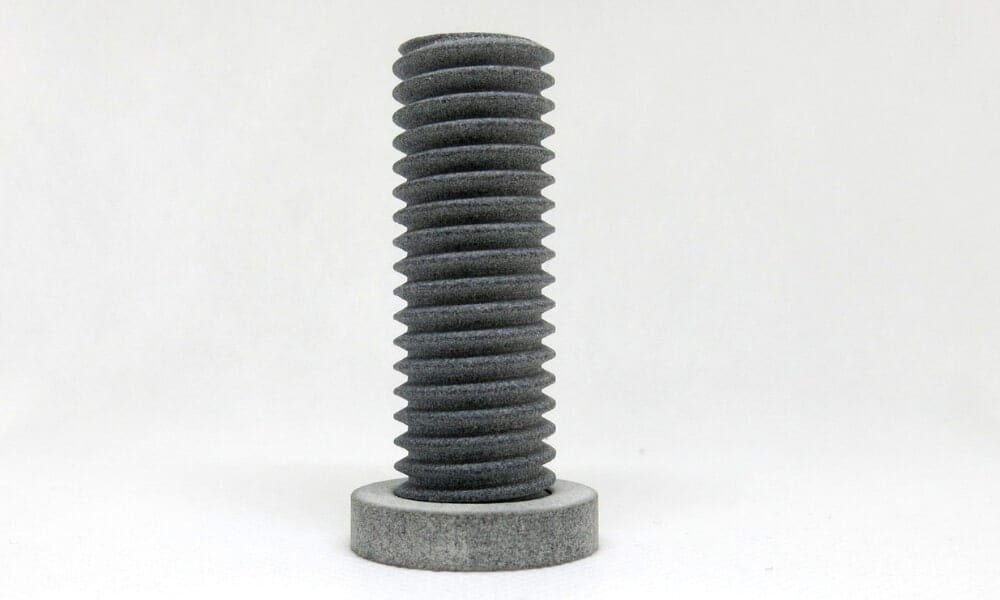Initially created as a method for rapid prototyping, 3D printing, which is also referred to as Additive Manufacturing, has grown into a true manufacturing process. 3D printing is giving engineers and companies the ability to both prototype and manufacture end-use products and it offers significant advantages over traditional manufacturing processes.
These advantages include enabling mass customization, increasing design freedom, allowing for the reduction of assembly, and can serve as a cost-effective low volume production process.
This page will help you to understand the difference between 3D printing techniques and other manufacturing methods to help you decide which process is best for you. The page has been split into the following categories: 3D Printing and Traditional Manufacturing Methods: Overview 3D Printing Methods There are different 3D printing processes: Selective Laser Sintering (SLS), Binder Jetting, Stereolithography (SLA), Poly-Jet, Fused Deposition Modelling/Fused Filament Fabrication (FDM/FFF), etc. To know more about the different […]
Case Study: How PepsiCo achieved 96% cost savings on tooling with 3D Printing Technology
Above: PepsiCo food, snack, and beverage product line-up/Source: PepsiCo PepsiCo turned to tooling with 3D printing...





0 Comments